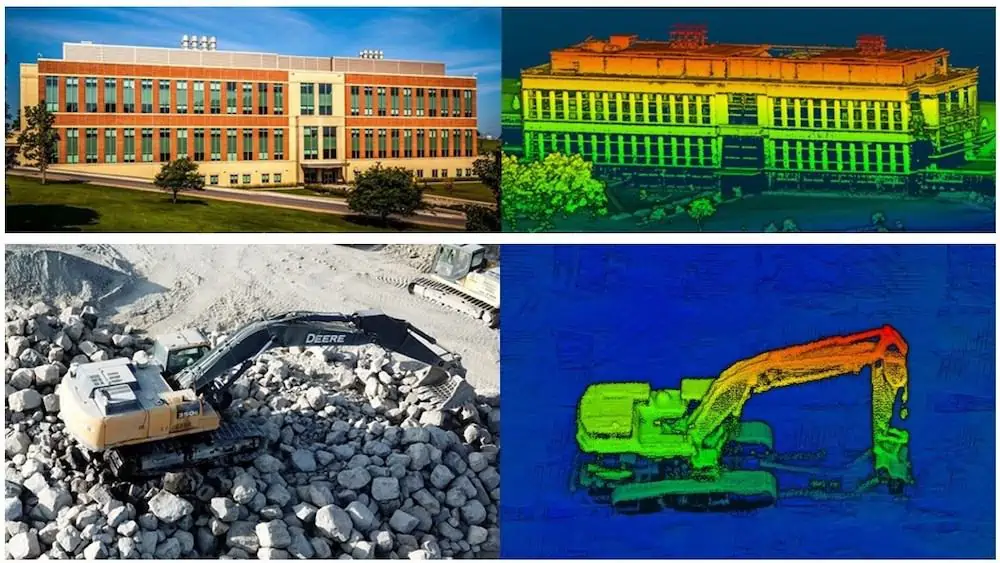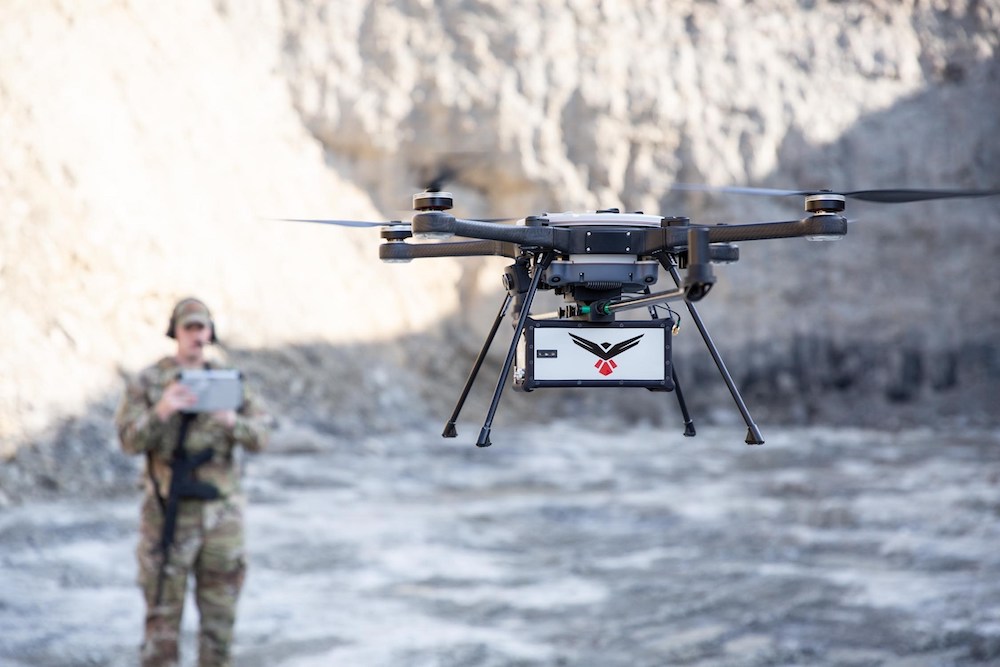RedTail LiDAR Systems has unveiled the RTL-450 LiDAR sensor at AUVSI XPONENTIAL 2021. The RTL-450 incorporates a lightweight Microelectromechanical Systems (MEMS) mirror and a precision navigation system to generate accurate data for demanding aerial surveying missions.
The high-resolution, 3D point clouds created by the RTL-450 give operators the ability to conduct advanced analytics of geographic and manmade features on the earth’s surface.
Designed and assembled in the U.S., the RTL-450 incorporates patented LiDAR sensor technology for superior performance. The LiDAR system, which weighs just over 4 lbs, is designed to operate independently of a drone platform, providing great flexibility for drone integration.
The modular design facilitates quick and efficient integration onto user selected platforms. The software interface is simple and easy to use, and also comes with a comprehensive online training curriculum.
The system operates in a raster scan mode for surveillance missions and a side-to-side line scan mode for area mapping. The intuitive command and control, and high-brightness display integrated into the ground control station allows operators to monitor and optimize data collection missions, a unique offering in the current UAV LiDAR systems market.
“This LiDAR system has been enhanced for use on a wide variety of small, user selected drones,” said Brad DeRoos, President and CEO of RedTail LiDAR Systems. “The innovative MEMS mirror technology ensures that drone operators create one of the best, high-quality point clouds in the industry.”
The RTL-450’s high-resolution point clouds are generated at a rate of up to 400,000 pulses per second and 5 returns per pulse. They are designed for use in numerous military, first-responder and commercial applications, including mission planning, battle damage assessment, force protection, emergency response, remote surveillance, construction and resource management, and infrastructure development. All laser pulses are transmitted toward the ground toward the area of interest.
The high level of detail within the 3D LiDAR images makes them ideal for use with Artificial Intelligence and Machine Learning (AI/ML) algorithms for the autonomous detection and classification of objects of interest with no human intervention required.
With 3D point clouds being created using the light from the pulsed laser, images can be collected both day and night. Receiving up to 5 returns from every light pulse transmitted enhances through canopy light transmission, thereby allowing the ground to be imaged even under heavily foliated conditions – an important capability that cannot be provided by photogrammetric imaging techniques.

Find suppliers of LiDAR scanners, sensors & technology for Drone & UAS >



















